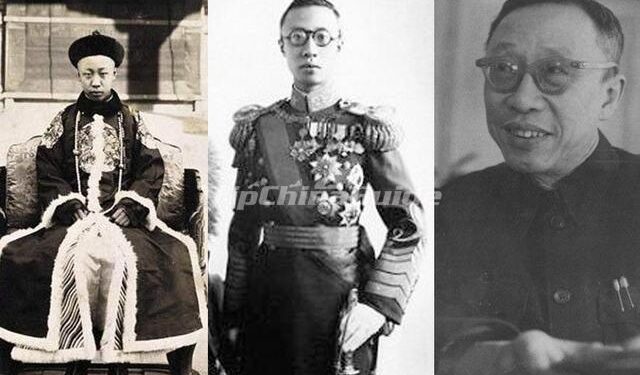On February 12, 1912, six-year-old Puyi, the last Emperor of China’s Qing Dynasty, formally abdicated the throne, marking the end of over two millennia of imperial rule in China. The young emperor’s abdication came after months of revolutionary upheaval that had shaken the foundations of the ancient empire.
Puyi ascended to the throne in 1908 at the age of two, following the death of his uncle, the Guangxu Emperor. His reign, however, coincided with a period of tremendous social and political transformation in China. The Qing Dynasty, weakened by foreign imperialism, internal corruption, and mounting social unrest, faced increasing pressure from revolutionary forces led by Sun Yat-sen and his supporters.
The Wuchang Uprising of October 1911 sparked a chain of events that would ultimately lead to the collapse of imperial rule. As revolutionary forces gained control of various provinces, the Qing court, led by Empress Dowager Longyu – Puyi’s regent – recognized the inevitability of change. Yuan Shikai, a powerful military commander, negotiated between the imperial court and revolutionary leaders, eventually securing favourable terms for the imperial family’s abdication.
The terms of abdication allowed Puyi to retain his title and residence in the Forbidden City, along with a generous annual stipend. The imperial family would also maintain their properties and be treated with respect by the new republic. This “Articles of Favorable Treatment” agreement helped ensure a relatively peaceful transition of power, avoiding potentially bloody confrontations in Beijing.
The abdication edict, issued in the name of Empress Dowager Longyu, formally transferred authority to the newly established Republic of China. The document’s language reflected the momentous nature of the transition, acknowledging the will of Heaven and the people’s desire for a republican government. This peaceful transfer of power was remarkable, considering China’s long imperial history and the violence that had characterized many previous dynastic transitions.
For young Puyi, the abdication marked the beginning of a tumultuous life. Though he continued to live in the Forbidden City until 1924, his role became largely ceremonial. His later life would see him serve as the puppet emperor of Japanese-controlled Manchukuo, followed by imprisonment, rehabilitation, and eventually life as a common citizen in the People’s Republic of China.
The abdication of China’s last emperor represented more than just the end of the Qing Dynasty; it symbolized the conclusion of an entire way of life and system of governance that had endured for thousands of years. This peaceful transition laid the groundwork for China’s emergence into the modern era, though the nation would face many challenges and changes in the decades to come.
newshub



Recent Comments